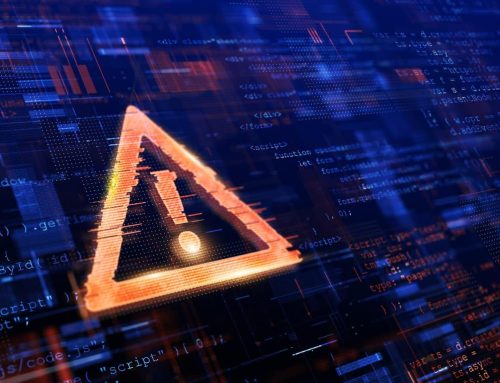When we evaluate the worth of our backup and disaster recovery systems, we typically think in terms of continuity, access to valuable data, inconvenienced customers and lost revenue. That’s where our focus is in those horrible minutes of downtime, and those are the thoughts that haunt us when we anticipate future disasters.
Productivity? That isn’t always an immediate concern. Sure, your employees may be temporarily unable to access the right applications or connect with each other, but that type of delay doesn’t seem that big a loss compared to an hour or more of a company website gone dark.
So here’s the truth: lost productivity is a big deal. For one thing, it adds up over time. Remember, not all IT problems are caused by epic breaches or destructive hurricanes. Human error, server failures, software viruses and other “minor” troubles can take some of your staff out of commission again and again.
The supply chain team can’t access their vendor information. Marketing can’t log into their project management app. The sales reps can’t bring up a customer’s history. Payroll can’t pay anyone. Can these employees catch up later? Maybe, if it’s an isolated incident. But if you’re using a somewhat outdated BDR solution, even reasonable recovery delays are going to add up to an expensive dent in your company output.
It’s not just the downtime itself that slows productivity. If your solution demands daily vendor interaction and strenuous processes just to create, test and retrieve backups, that’s more time consumed that could have spent on more valuable activities. A disaster aftermath – cleaning up your production environment and fixing whatever caused the problem – means taking your team off their normal game plan and putting them on a new one. Often it means late hours and working weekends and getting burned out, and that’s before they return to their core deliverables.
The best way to keep your team productive is a modern BDR solution – especially one that involves the cloud. Here’s why.
Hybrid cloud solutions or DRaaS can compensate for all kinds of in-house gaps, from hardware to staff expertise. You won’t need to struggle with inefficient legacy tools or demand an all hands on deck emergency when something goes wrong. In fact, off-site backups can offer a stronger guarantee of continuity. A fire in the data center or a breach is still going to be a headache, true, but it won’t stop your entire workforce. You can keep most of your staff focused on daily operations while the IT team works their reparative magic.
One common culprit in lost productivity is settling for partial recovery. If you can’t recover all your systems, you’re not going to get full productivity. But using virtual machines (VMs) that function as copies of your servers usually means faster and more complete recovery, including all of your files and applications. When you failover, you failover to an environment that matches yours in every way – keeping the entire show running.
Finally, a cloud BDR solution can simplify your IT life in ways you can’t imagine. For instance, you won’t need to dedicate your most skilled engineers to managing your system if you’re using a solution with an intuitive dashboard. You can free your staff from the tedious hours of managing and testing backups, maintaining physical data centers, fetching discs or tape backups, and redirect their expertise in more profitable directions. Choose a solution with compliance built in, and you’ve saved your team from additional stress with audit homework.
So far we’ve painted a rosy picture, so now it’s time for a word of caution: not all cloud BDR solutions are alike. To really enjoy a boost in productivity, you’ll want to look for a “one stop shopping” solution, including one with an integrated dashboard and a consolidated view of environments. Work with one vendor who does it all – a vendor who will develop a relationship with you and understand how to solve your problems. You’ll resolve issues faster and spend far less time than you would managing a collection of different vendors.
Better technology equals higher efficiency. It’s that simple. If you’re still using a legacy BDR system, be honest with yourself about how much time and effort it’s really draining from your entire workforce. Then put a rough dollar amount on the productivity you can gain with a better backup and disaster recovery system, and you’ll see just how much of an advantage is waiting for you.





